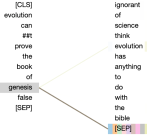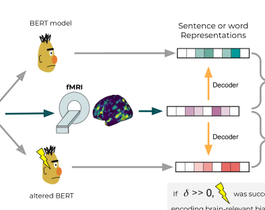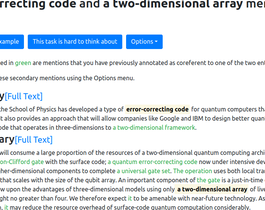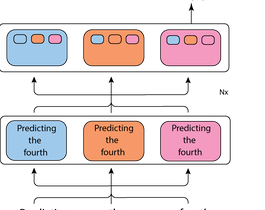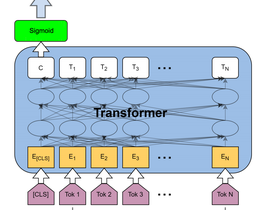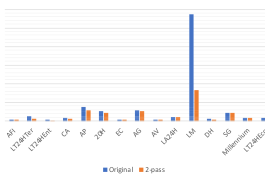“Laughing at you or with you”: The Role of Sarcasm in Shaping the Disagreement Space
Frans Hendrik van Eemeren, Rob Grootendorst, Sally Jackson, Scott Jacobs, et al. 1993. Reconstructing argumentative discourse. University of Alabama Press. Rob Abbott, Marilyn Walker, Pranav Anand, Jean E Fox Tree, Robeson Bowmani, and Joseph King. 2011. How can you say such things?!?: Recognizing disagreement in informal political argument. In Proceedings of the Workshop on Languages in Social Media, pages 2–11. Association for Computational Linguistics. Marilyn A Walker, Jean E Fox Tree, Pranav Anand, Rob Abbott, and Joseph King. 2012b.
Read more